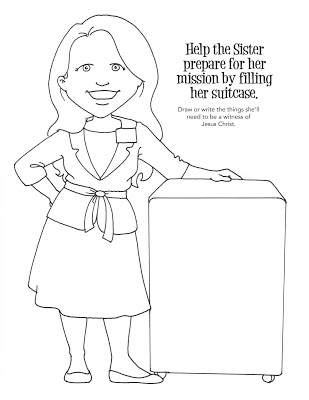I created this activity to introduce the song Scripture Power, but it could be used any time the subject is scripture related.
Begin by showing the children a small lamp. Ask one of the children to switch it on. The bulb won’t light because the lamp is not plugged in-it has no power. Explain that electricity is a kind of energy or power. When we plug a device into a power outlet, power flows to the device and it works. Plug the lamp into an outlet and ask the child to try to switch it on again.
Ask what kind of power we get from the scriptures. Some possible answers are listed in the activity. Tell the children that reading the scriptures is like plugging into an outlet- we can’t benefit from the power unless we “plug in,” or read.
Print the document linked below. Display the first page at the front of the room. Then cut out the lightning bolts on the following pages. On the back, write a type of power, and the title and page number of a song that works with the theme. Have one of the children find a lightning bolt and move it to the page at the front of the room. Briefly discuss the power and sing the song. Remember, Singing Time is not Sharing Time- be sure not to spend too much time talking.
Possible Powers and my song suggestions:
Power to make good choices
Choose the Right (Hymns 239)
Dare to Do Right (#158)
Stand for the Right (#159)
Power to be happy
A Smile is like the Sunshine (#267)
Fun to Do (#253)
Power to endure
The Wise Man and the Foolish Man (#281)
Power of the Atonement
He Sent His Son (#34)
To Think About Jesus (#71)
Power of baptism
Baptism (#100)
When I am Baptized (#103)
Power of charity
“Give,” Said the Little Stream (#236)
Power of peace
Keep the Commandments (#146)
Power of courage
Dare to do Right (#158)
Stand for the Right (#159)
Power of faith
Faith (#96)
Power of family
Families Can Be Together Forever (#188)
Power of Missionary Work
I Want to be a Missionary Now (#168)
etc.







